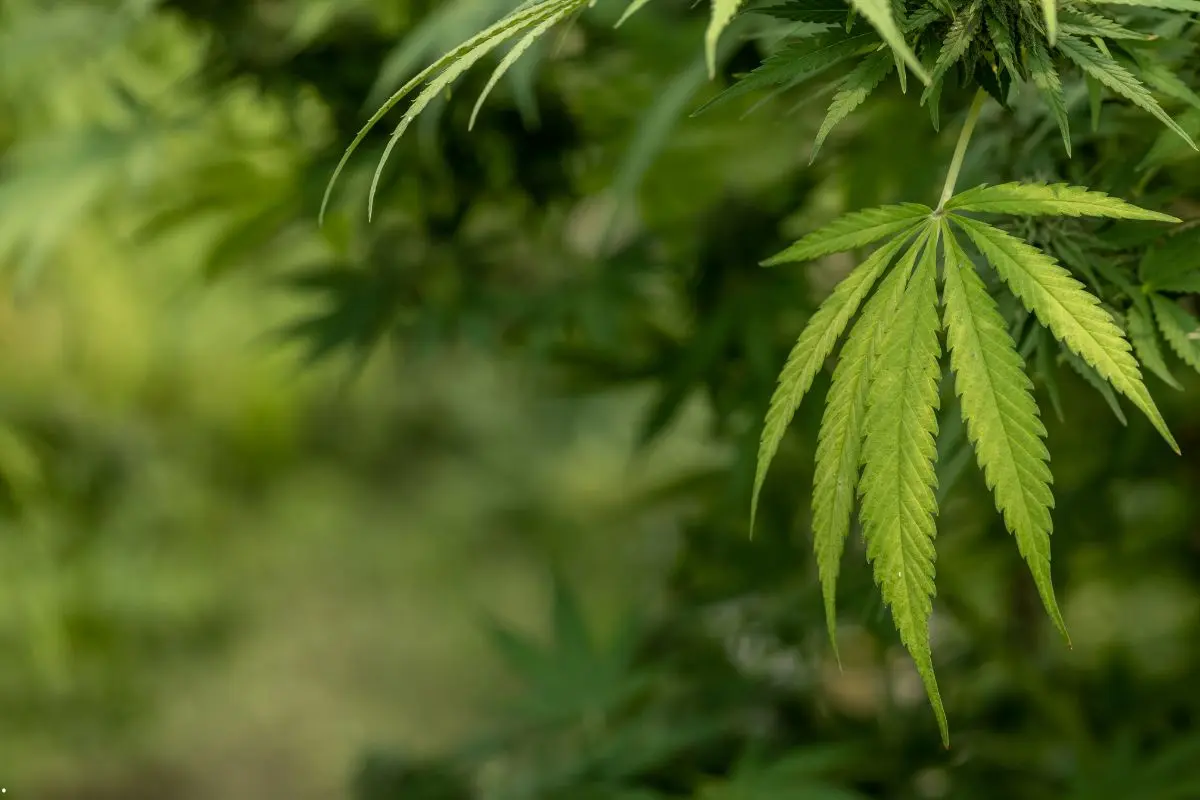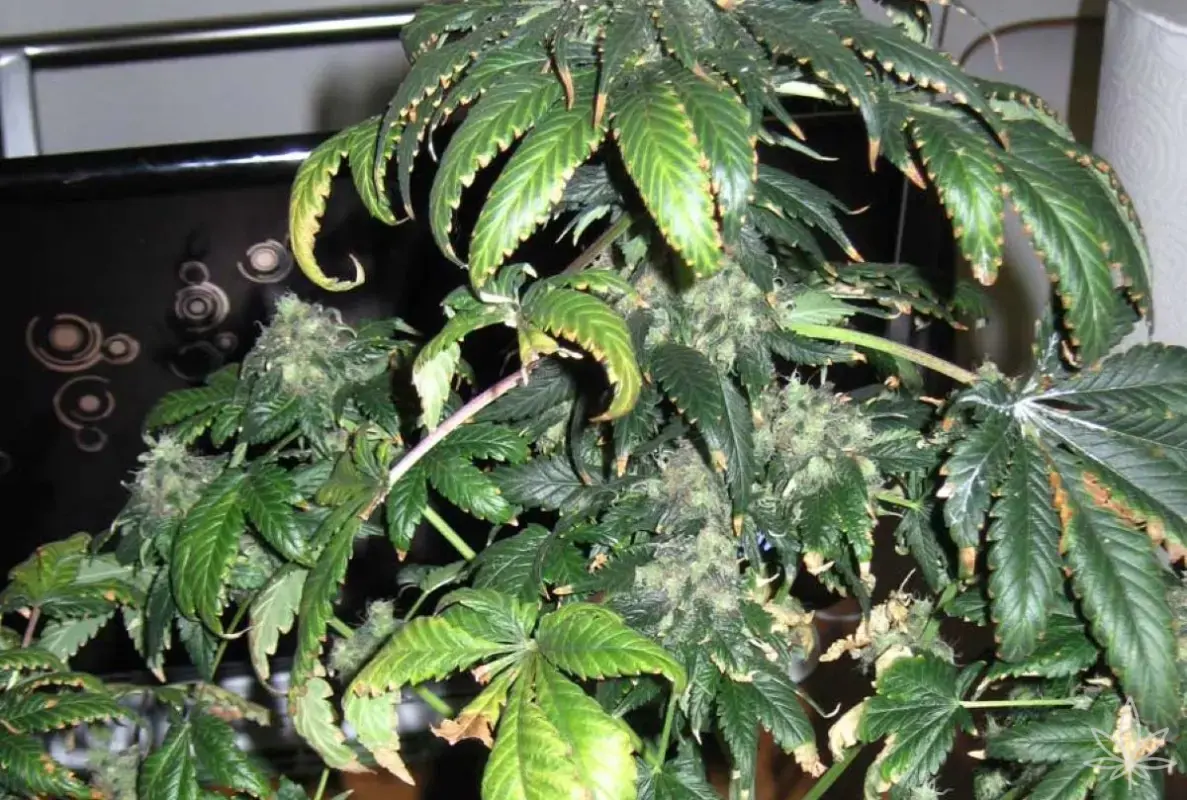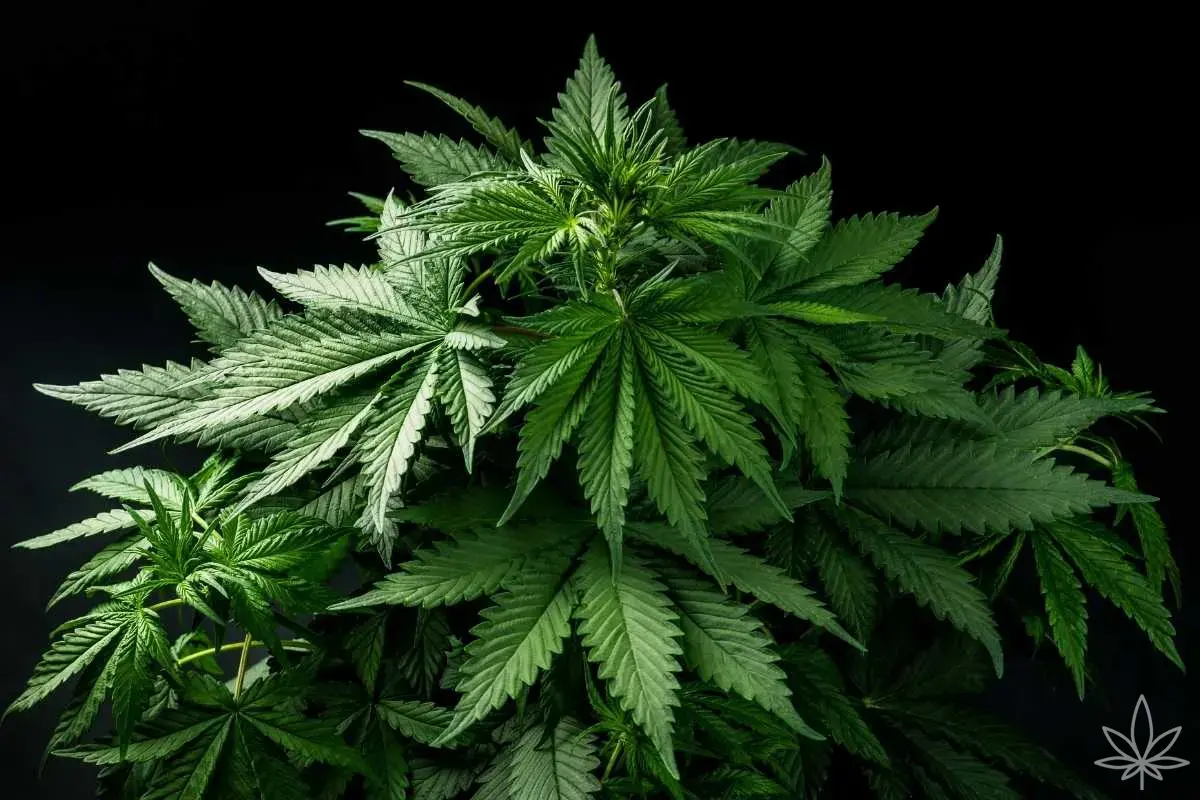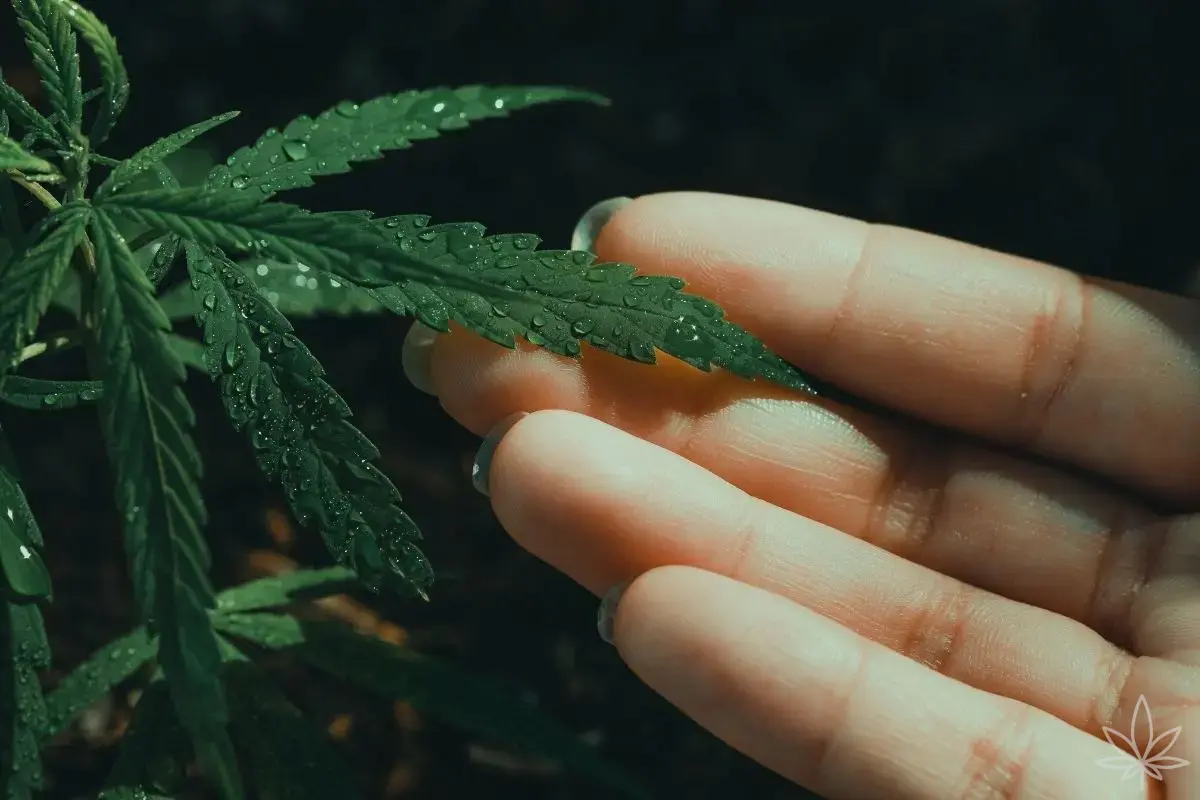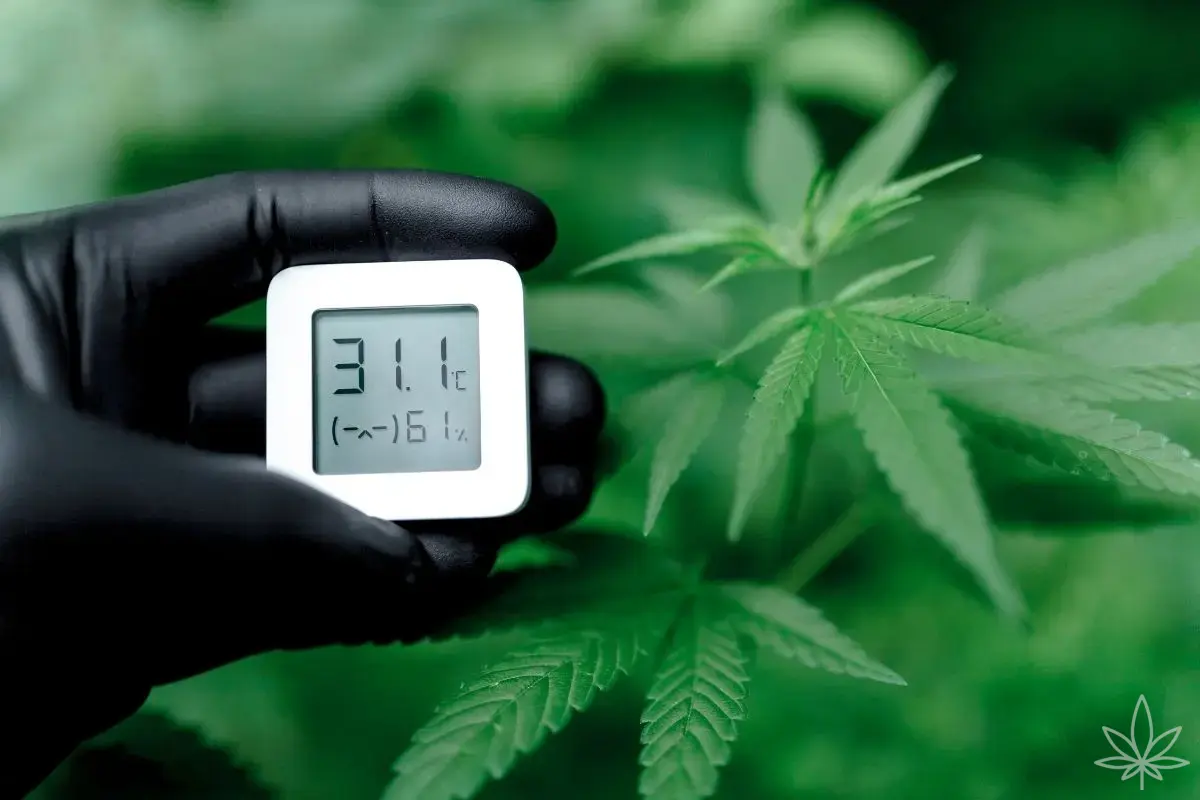In the world of cannabis cultivation, few sights are as unsettling as watching your plants lose their rich, deep color. Instead of a vibrant green, you begin to see paleness, sometimes shifting to yellow. This is chlorosis — a symptom that can mean many things, from minor nutrient deficiencies to serious root health issues.
What Chlorosis Actually Is
Chlorosis is the loss of green pigment — chlorophyll — in the leaves. Chlorophyll is responsible for photosynthesis, the process by which the plant converts light into energy. Without enough of it, the plant’s “factory” runs short on raw material, production slows, and in some cases, it stops entirely.
Early Symptoms – From Slight Pale Tones to Full Yellowing
It often starts with lightening of the youngest leaves at the top of the plant. With iron deficiency, new growth turns pale first while the leaf veins remain green. In magnesium deficiency, the opposite is true — older leaves begin yellowing from the edges inward, with distinctive interveinal discoloration.
Where Chlorosis Comes From
The causes are many, and proper diagnosis takes observation and sometimes testing:
- Nutrient deficiencies – iron, magnesium, nitrogen, manganese.
- pH imbalance – nutrient lockout despite adequate nutrient presence.
- Root diseases – root rot or fungal infections reducing nutrient transport.
- Overwatering or underwatering – disrupting the oxygen–water balance in the root zone.
- Mechanical damage or environmental stress – sudden temperature swings, excessive light.
Why Diagnosis Matters So Much
Chlorosis is like a cough in humans — it tells you something is wrong, but not what exactly. Misdiagnosis can make the problem worse. Treating an iron deficiency as if it were magnesium deficiency will do nothing. If pH is off, even the best fertilizer won’t help.
Restoring Your Plant’s Healthy Green
- Check pH – in soil, the sweet spot is 6.0–6.5; in hydroponics, 5.5–6.0.
- Identify the deficiency – compare the yellowing pattern with diagnostic charts.
- Adjust feeding – add missing micronutrients (e.g., iron chelate, magnesium sulfate) or macronutrients.
- Improve root zone conditions – ensure proper aeration and drainage, avoid overwatering.
- Watch new growth – fresh green leaves mean the problem is resolved.
Prevention – The Best Weapon Against Chlorosis
Regularly monitor pH, EC, and leaf condition. Prevention is always easier than fixing severe deficiencies. Use fertilizers with a full spectrum of micronutrients and occasionally flush the medium to avoid excessive salt buildup.
Chlorosis as a Lesson in Patience
Experienced growers know that chlorosis demands calm and consistency. Sometimes fixing the issue takes days, sometimes weeks. The key is to avoid rash actions and let the plant regain balance at its own pace.
Final Thoughts
Leaf chlorosis isn’t a death sentence — it’s a warning. If we take it seriously, we can quickly restore our plants’ health and vigor. It requires keen observation, accurate diagnosis, and consistent follow-through. In cannabis cultivation, as in medicine, the key is to treat the cause, not just the symptoms.

